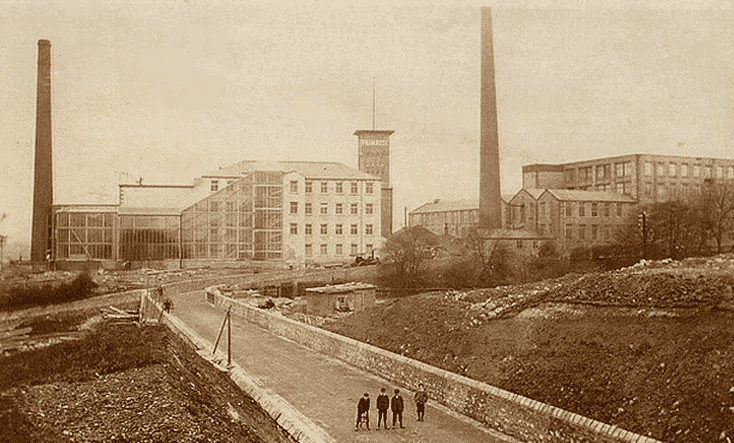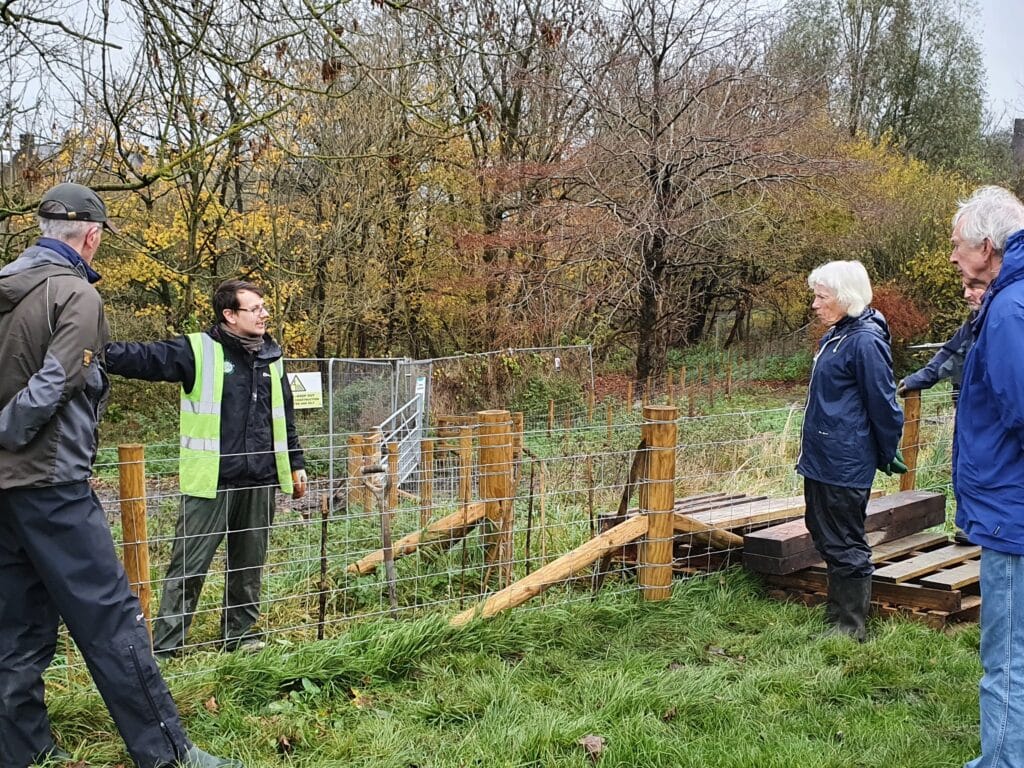
Primrose Lodge, Clitheroe
Primrose Lodge, Clitheroe, a well known historic town centre mill lodge which has seen a dramatic transformation into a thriving nature reserve, is now open to the public.
How did you transform primrose Lodge?
The project, which was began in 2019, has seen the creation of a wide range of new spaces for wildlife at Primrose Lodge. Additionally, offers a new recreation space for Clitheroe residents, improving water quality, and contributing to reducing downstream flood risk.

In order to make this task more manageable, the work is taking place in three phases. Firstly, over 4,000 cubic metres of silt, which has gathered over decades of neglect, was removed from the waters. Work then began on creating the public access elements of the site, including the footpath, boardwalk, and bridges. The third and final phase of the project, the installation of one of the largest fish passes in England, is now complete. This has made previously unreachable fish breeding grounds accessible for the first time in hundreds of years.
The funds for the work have come from a variety of organisations, including Ribble Valley Borough Council, the European Regional Development Fund, Lancashire Environment Fund, the Environment Agency and Ribble Rivers Trust.
Woodland management work has already been carried out, including coppicing, and in some cases the removal of trees. This is due to the prevalence of ash dieback, a fungus which grows inside the tree. Sadly, experts predict this could to kill up to 95% of ash trees across the UK. However, when this is the case we plant at least two trees for every one tree that we fell.
As always, a very special and very big thank you must be given to our amazing volunteers. Since the project began these amazing individuals have removed several skips full of litter, helped control the invasive Himalayan balsam that had taken hold in the reserve, and helped to maintain the site.
Why is this work necessary?
In 1787 a seven metre high dam was constructed to provide a source of water that could be used to power a mill. Although this was originally a cotton mill, it also served as a print works, paper works, and lifting equipment manufacturer. All of this industry was in the heart of Clitheroe, however Primrose Lodge is now redundant. Whilst there has been significant changes at Primrose Works, the lodge was not part of this modernisation. Hence the lodge remains and still prevents the upstream migration of a number of aquatic species and creates an interruption to downstream sediment movement.

However the unique nature of the site, and lack of human intervention has resulted in the site being given a local conservation designation (Biological Heritage Site). The designation is based on the fact that the industrial activity and artificial nature of the site make a contribution to biodiversity in their own right. Primrose Lodge also supports flowering ferns and plants that have under ‘vulnerable’ classifications.
Wildlife communities are already taking advantage of the new space. The lodge’s careful design means there are a variety of habitats including woodlands, wetlands, seasonal ponds, habitat piles, deadwood, and of course, rivers.
Many insects, amphibians, birds, and mammals are likely to venture into this new potential home, and the fish pass will allow salmon, trout, eels and other fish species to migrate further along Mearley Brook through the town and beyond to the village of Worston. As well as boosting fish populations, there will be a knock on effect to other animals in the food chain. As such we expect this will encourage the population growth of otters, kingfishers, and other river species. These are all common below the lodge, but not upstream.
What will the outcome of the work achieve?
The fish pass will connect of nine hectares of Mearley Brook. In time this will lead to salmon, sea trout, and eels being present not only in the heart of Clitheroe, but beyond to Worston and into the streams on the side of Pendle Hill. They will, in turn, support other wildlife such as kingfishers, herons and otters.
The de-silting will create a permanent open water habitat, which will be home to wildfowl and invertebrates that will support bats and other species, as well as a significant improvement of the aesthetic value of the site.
The footpath will connect Primrose Road, and the lower end of Woone Lane to Whalley Road, and enable children to walk to school through a woodland walk and nature park. The viewing area will allow people a much better view across the site, for people to enjoy.
How will we determine the projects success?
Of course, will use a range of measures to determine the project’s success. These will link to the different aspects of the project.

For the fish pass we will monitor fish movement with Passive Integrate Transponder tags and radio tags. These help us to track fish see how, where, and when they migrate. Of course, they also show us if they migrate successfully through the fish pass. Additionally, we will then monitor the fish populations both upstream and in other locations. By doing this we can compare changes in fish populations to determine if there has been a positive response.
Ribble Rivers Trust will also monitor the water quality coming into and out of the Lodge. This will be done using automated sampling devices that assess water quality as it enters and leaves the Lodge. but also the water levels and plants, birds and mammals that use the Lodge. Our monitoring team will also survey plants, invertebrates, birds, and mammals on site.
The footpaths and viewing areas, we will hold events and undertake surveys to determine how well used the footpath is used, and what people think about the site, and works carried out. We also hope to use these surveys to identify future work
Who will look after the site post works?
The newly established Primrose Community Nature Trust (PCNT) will own, manage and maintain the site into the future and ensure that it continues and increases its value as a public nature park.

